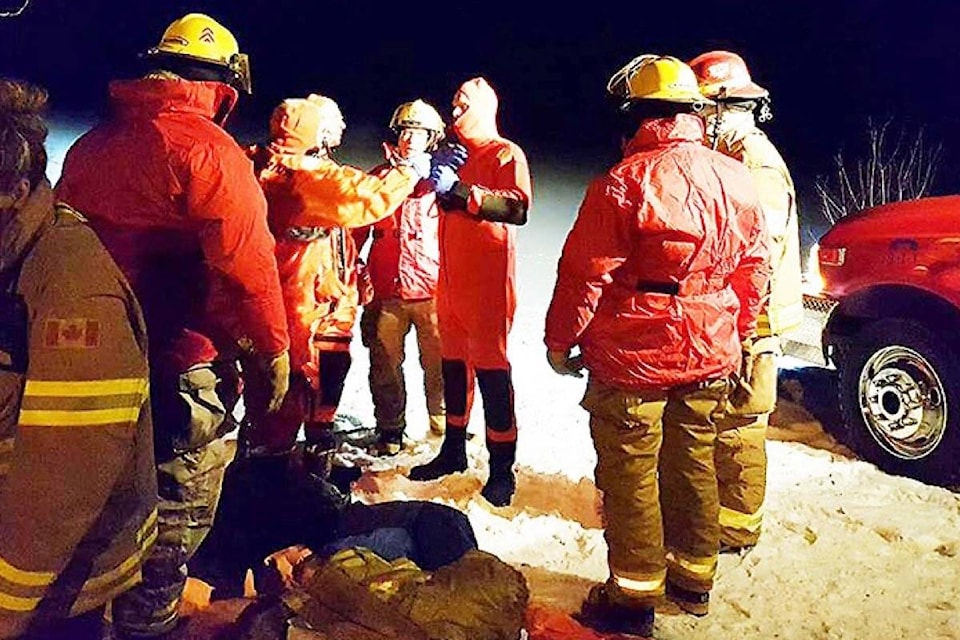The Regional District of Bulkley-Nechako (RDBN) continues to work with local governments to develop a joint approach to emergency response in the region.
The strategy, which was proposed by the RDBN’s protective services department earlier this year, would include a joint RDBN/municipal emergency support services (ESS) team for each municipal area.
READ MORE: Improving emergency preparedness
The RDBN would play the key role of organizing and funding training for all teams while the municipalities would assume responsibility for recruitment, holding regular meetings, and ESS team engagement.
Last June the RDBN prepared a draft agreement which was sent to all municipalities for consideration. All municipalities, with exception of the Town of Smithers, have expressed an interest in moving forward with discussions regarding the strategy as proposed.
Smithers would like the RDBN to assume a greater role in managing ESS teams for municipalities, assuming responsibility for volunteer recruitment, team engagement, paperwork and the role of the local ESS director. According to the RDBN, discussions with the Town of Smithers will continue inan attempt to find an agreement.
If the strategy moves as proposed, the cost of establishing a regional ESS system would be fairly shared across all jurisdictions. Each ESS team would have similar procedures and training. As a result, the ESS teams would be interchangeable throughout the region, allowing for an effective response to larger events, and the rotation of ESS volunteers.
Currently, the RDBN relies upon ESS teams to provide services to the rural areas; however, not all areas have enough ESS members to assist the public in the event of an emergency.
As of February 2017, Electoral Area D (Fraser Lake rural) had 12 ESS members while Electoral Area B (Burns Lake rural) and Electoral Area E (Francois/Ootsa rural) had six. Other areas such as Electoral G (Houston rural) and Electoral Area F (Vanderhoof rural) had no ESS members.
The RDBN has had to respond to emergency situations within municipal boundaries because of a lack of local capacity.
In a report presented to the RDBN board earlier this year, Haley Jeffrey, the RDBN’s emergency services manager, said that in order to ensure an effective response to emergency events, the regional district’s overall ESS capacity needs to improve.
“In staff’s opinion, the most effective, equitable, and efficient approach to ESS involves all local governments in the RDBN contributing equally to a regional strategy in a coordinated manner,” she said.
@flavio_nienow
newsroom@ldnews.net
Like us on Facebook and follow us on Twitter.
